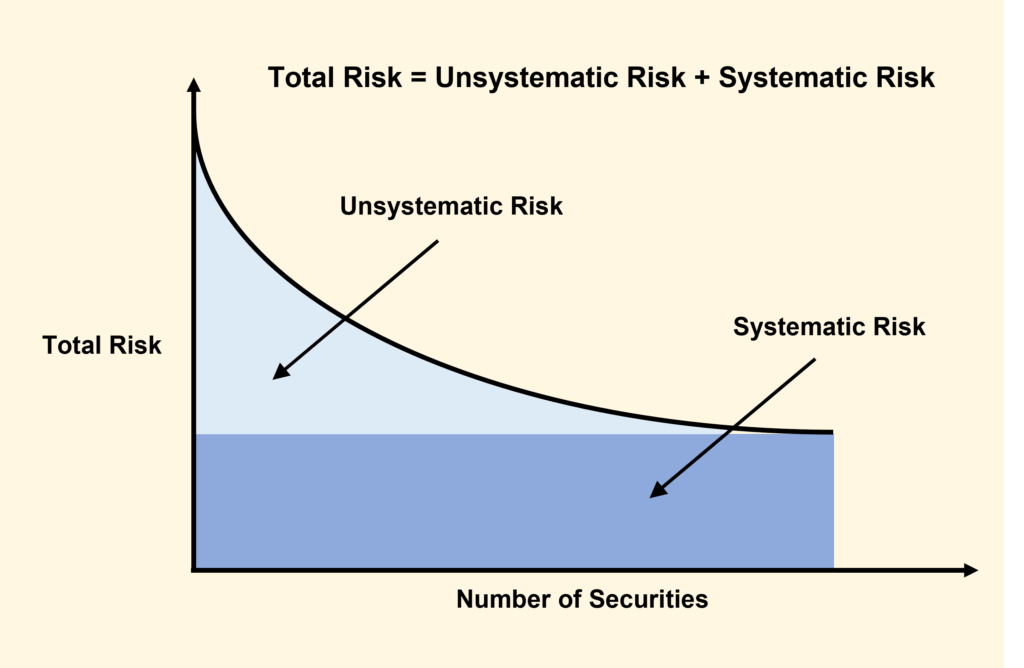As part of the Building a Portfolio series on the Stockopedia Academy, I wrote about how many stocks an investor should hold. The truth is there is no magic number. Each investor has unique circumstances which means they should be more or less diversified.
The value of diversification
If an investor holds too many stocks or, even worse, many different funds, they can end up with an expensive index tracker. The extra costs pretty much guarantee an underperforming portfolio. The consequences of holding too few stocks is much more severe. The reason is that it exposes an investor to what is known as idiosyncratic risk. That is, risk that they have to bear and cannot be avoided. Even the greatest companies eventually fail, and every stock can go to zero. Indeed, a complete wipeout, or a large loss that comes close to this, can happen so suddenly that an investor cannot sell to escape it. Take, for example, WANdisco, now renamed as Cirata (LON:CRTA) . When it was suspended on 9 March 2023, this was a High Flyer with a share price of £13.10. When it came back to the market on 25 July, the share price was 49p, and investors had lost 96% of their money:
The problems with this sort of loss in an undiversified portfolio are two-fold. The first comes when an investor has insufficient time or capital to recover from a drop of this magnitude. The second is when losses cause an investor to behave irrationally. There are numerous ways a significant loss can lead to irrational behaviour, but they typically consist of inappropriate adjustment to risk tolerances. This can go either way. An investor can become risk-averse and act like a rabbit in the headlights, unable to take advantage of favourable opportunities. Or they can become highly risk-seeking, looking to win back the recent loss, often by betting big in the exact stock they have just lost money in. Both these strategies will likely lead to further losses (or lack of gains).
The key to successful investing is to hold enough companies to be able to cope with unexpected adverse news without behaving irrationally, as well as being diversified enough for the performance of their portfolio to recover from these setbacks before investors need the money. The following table…











